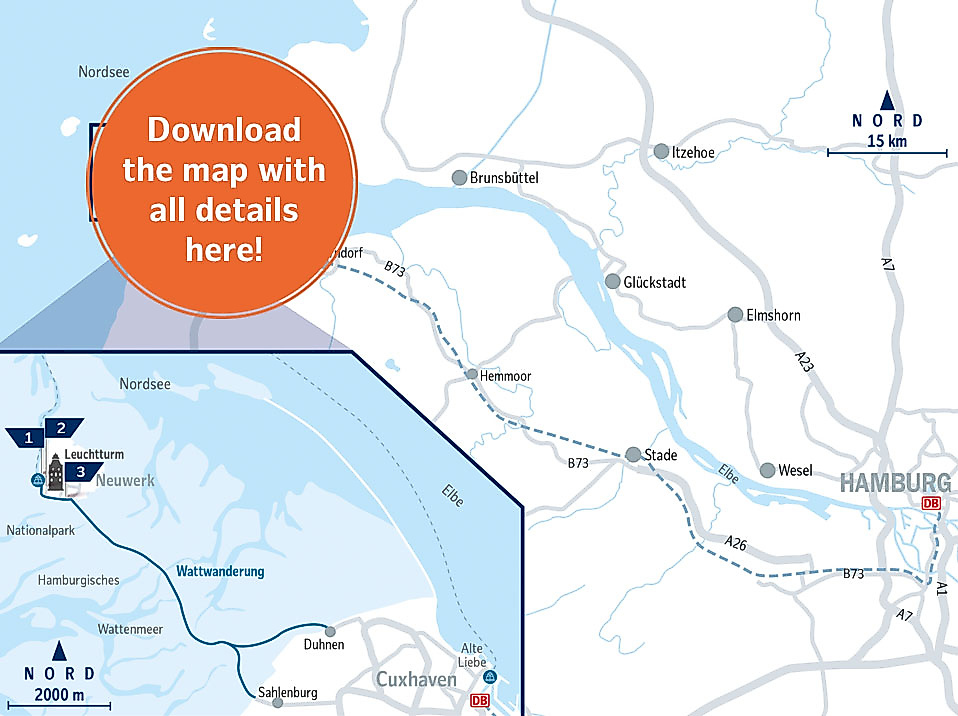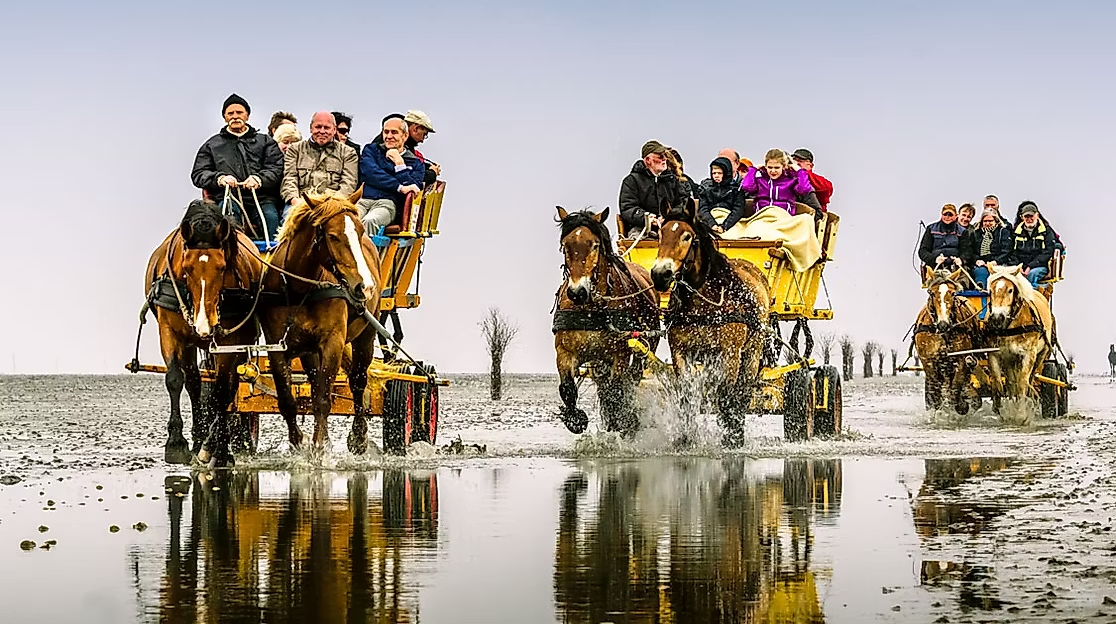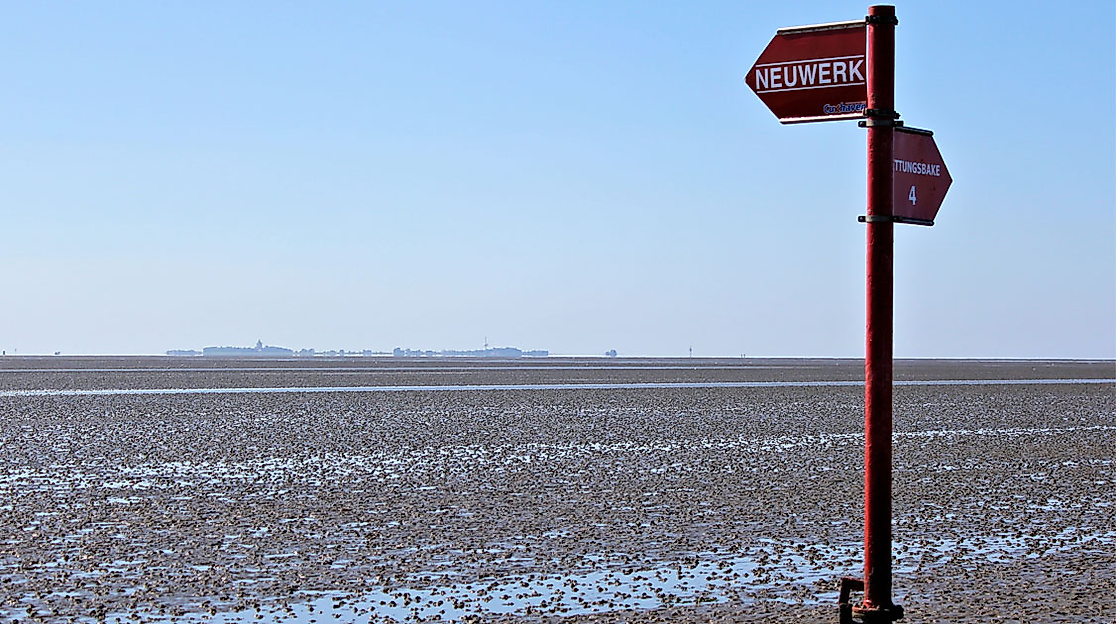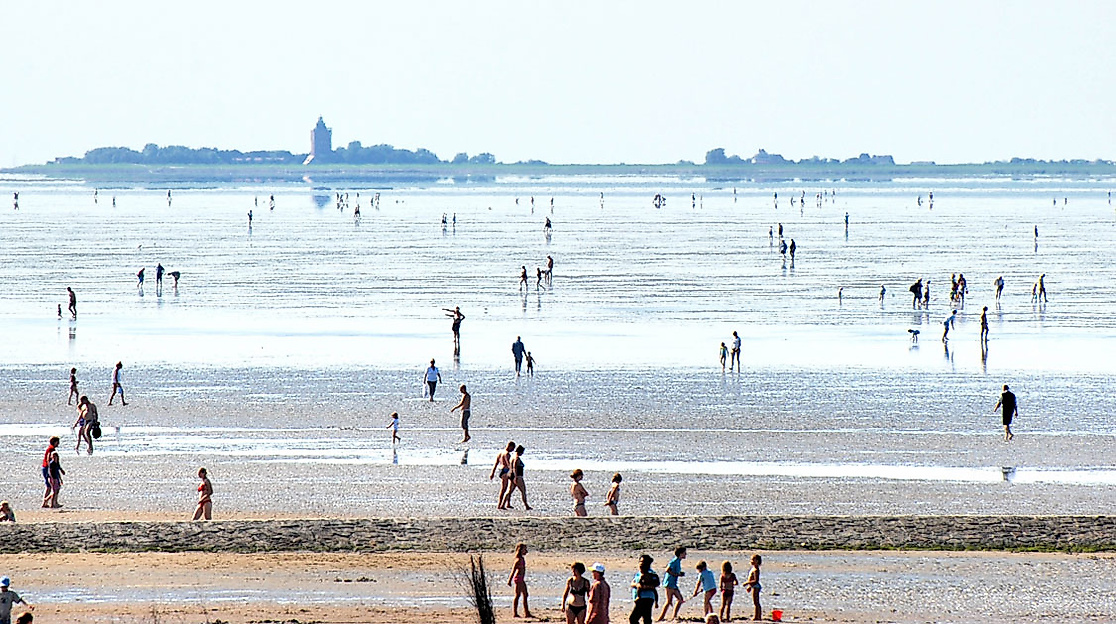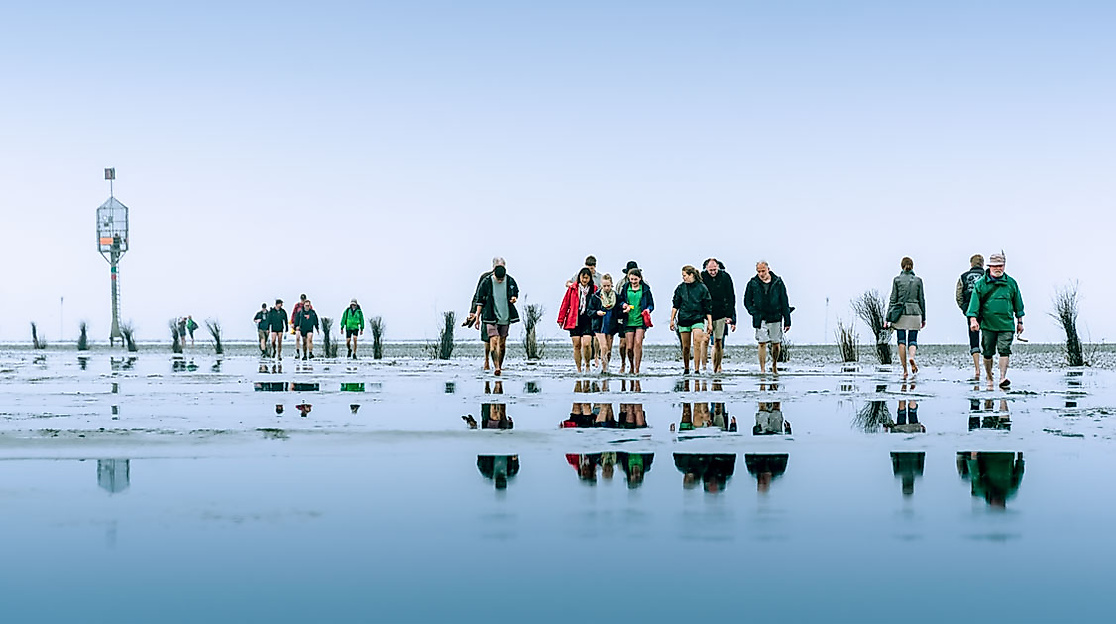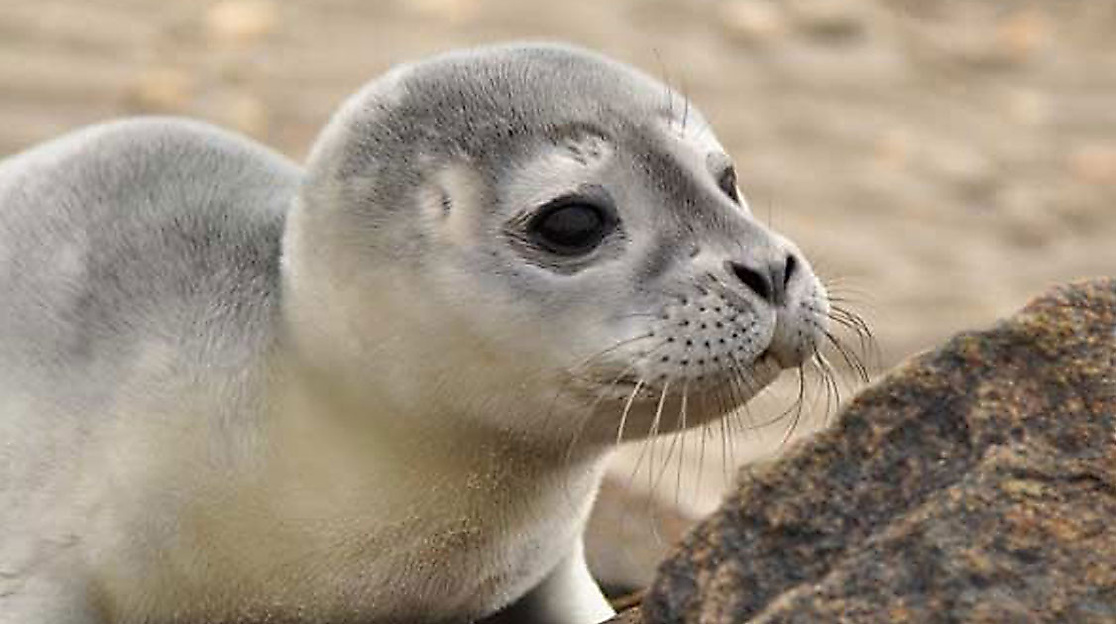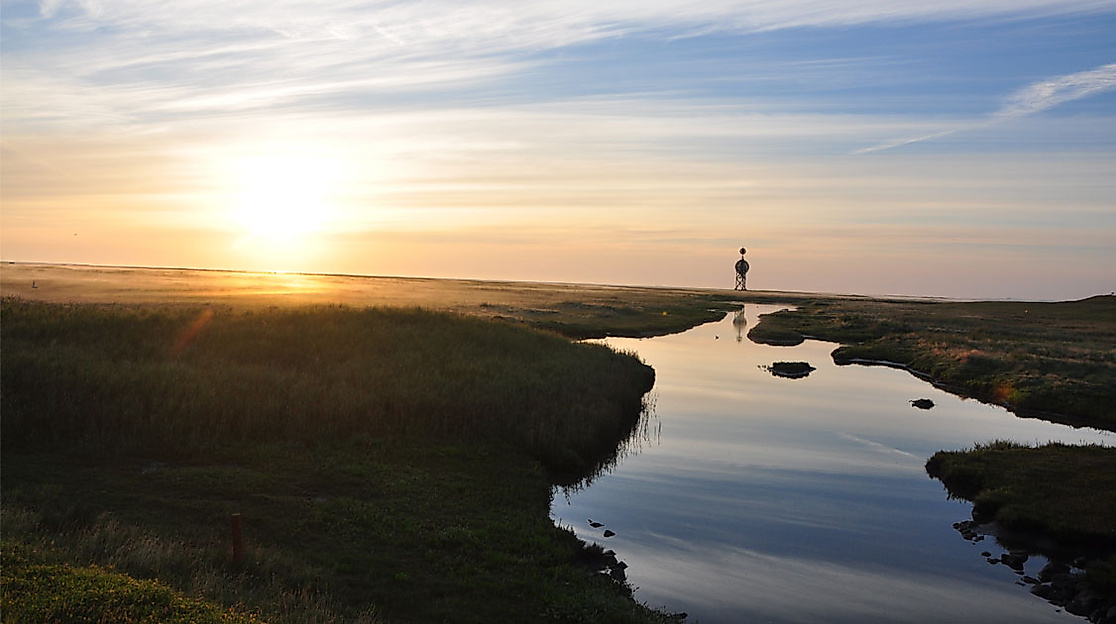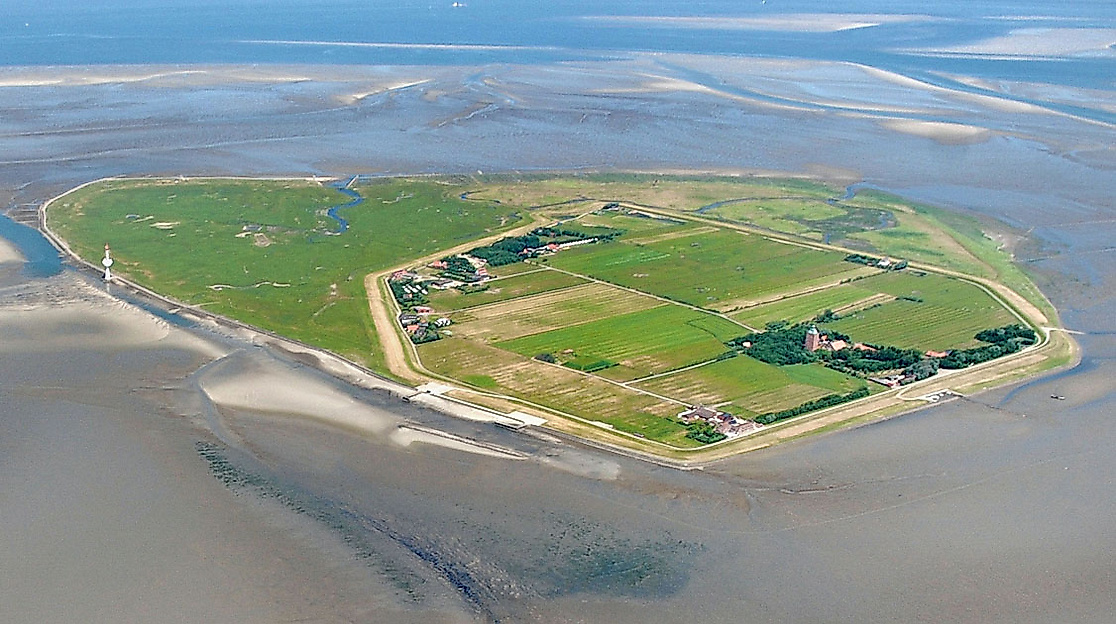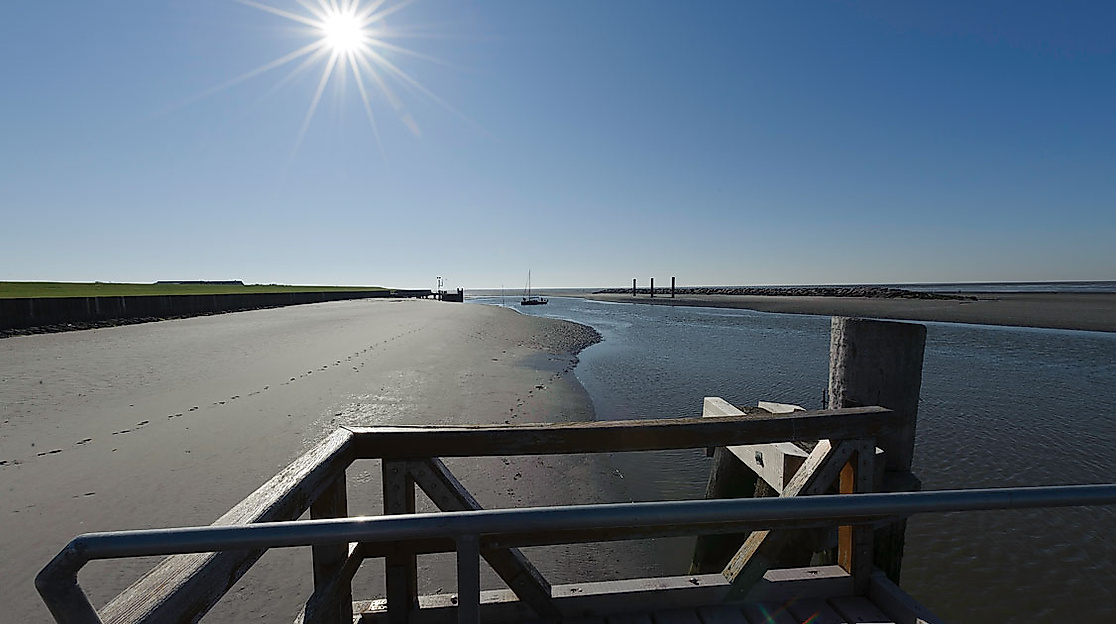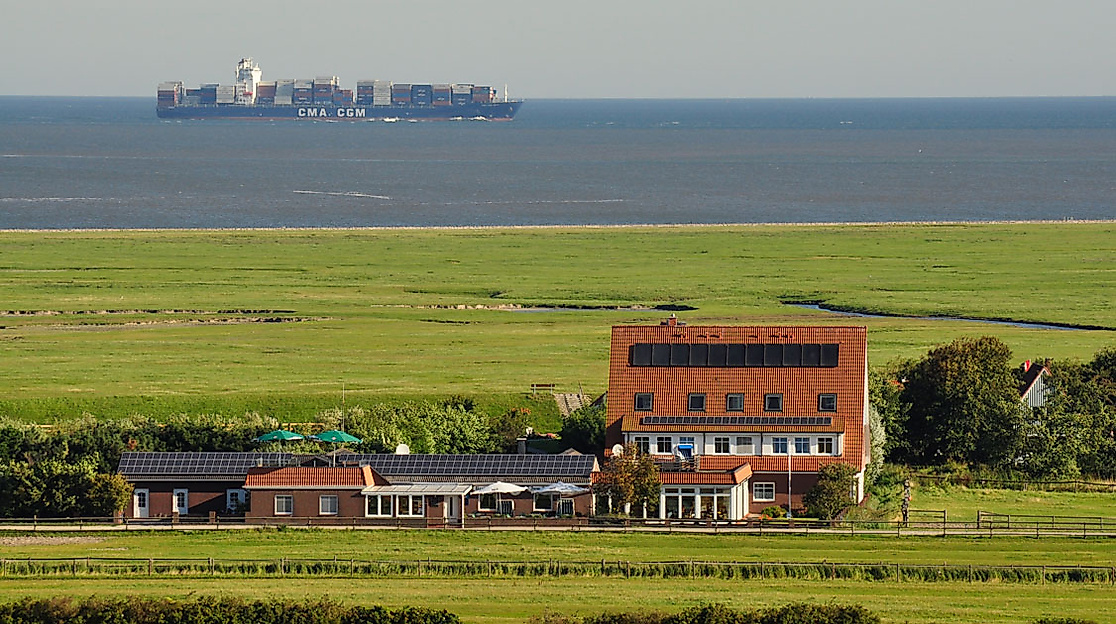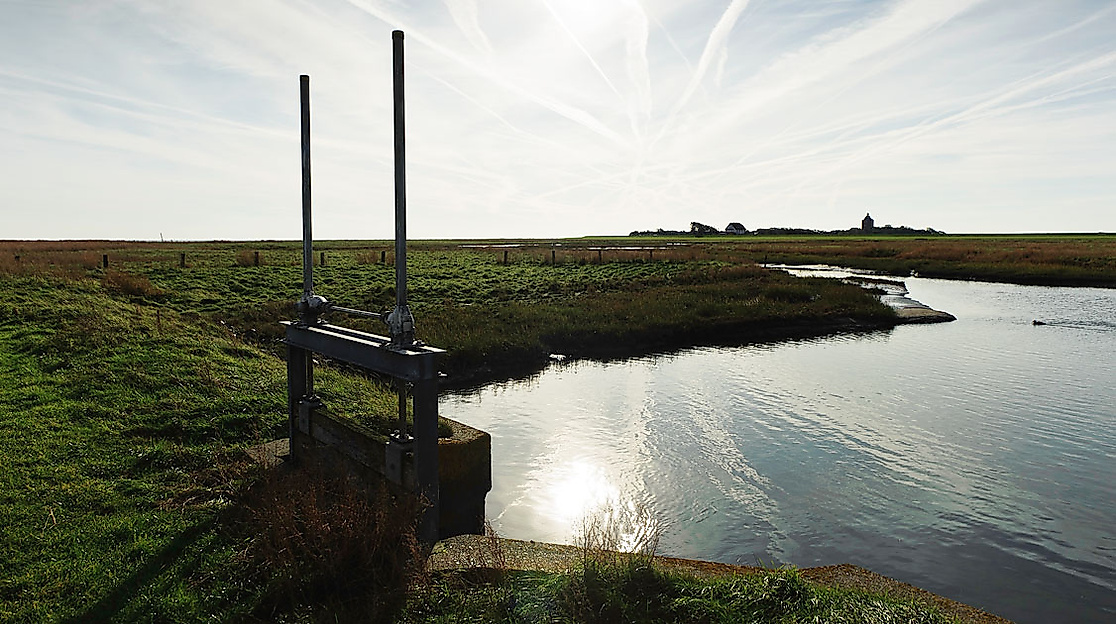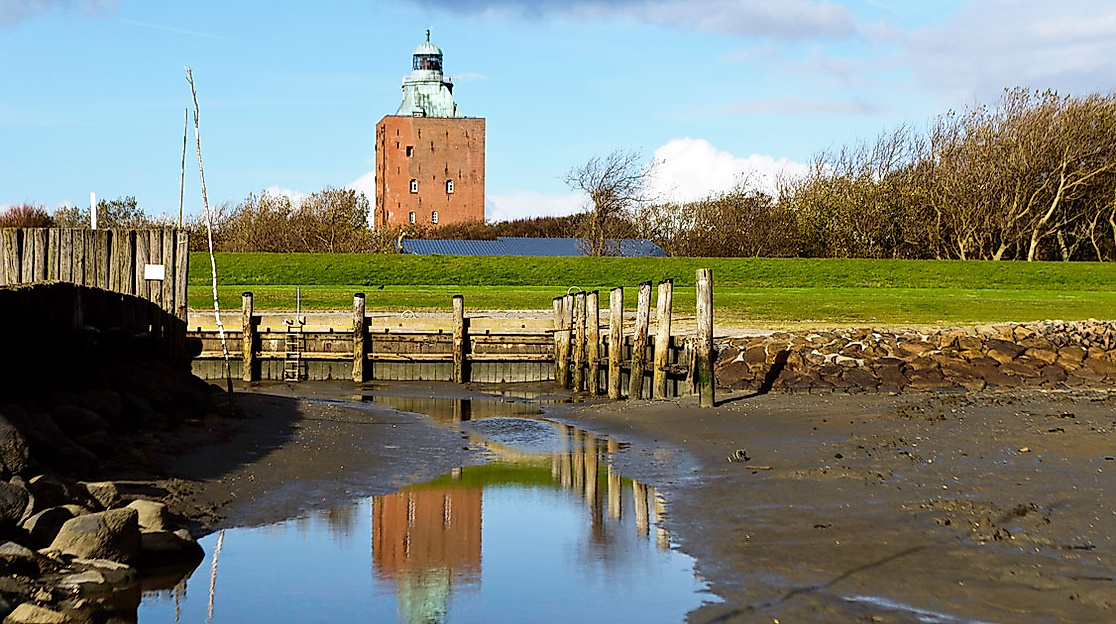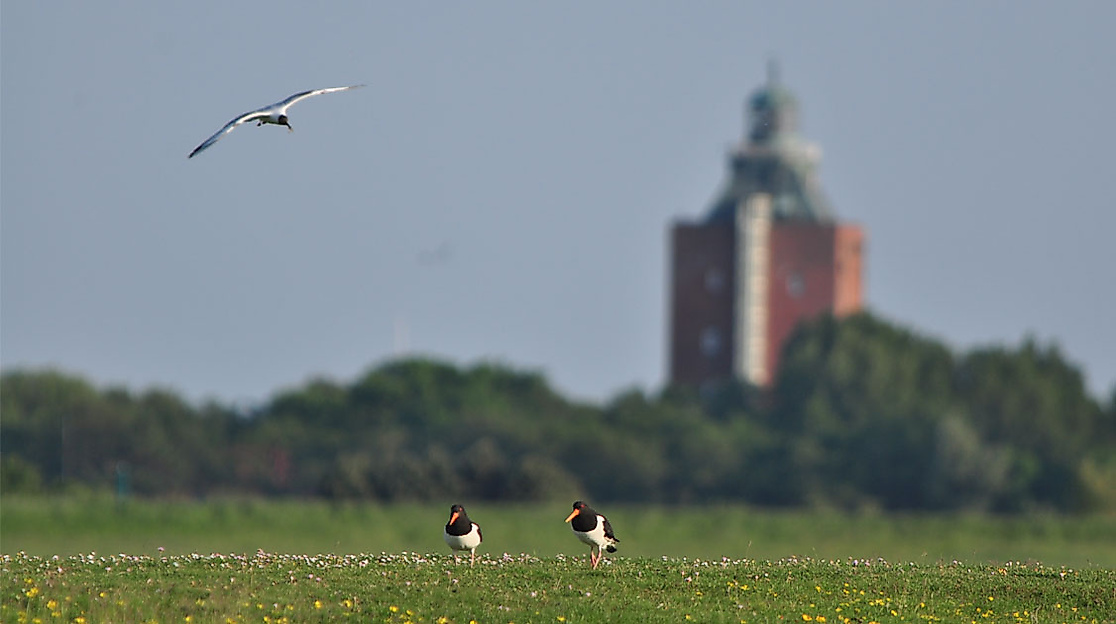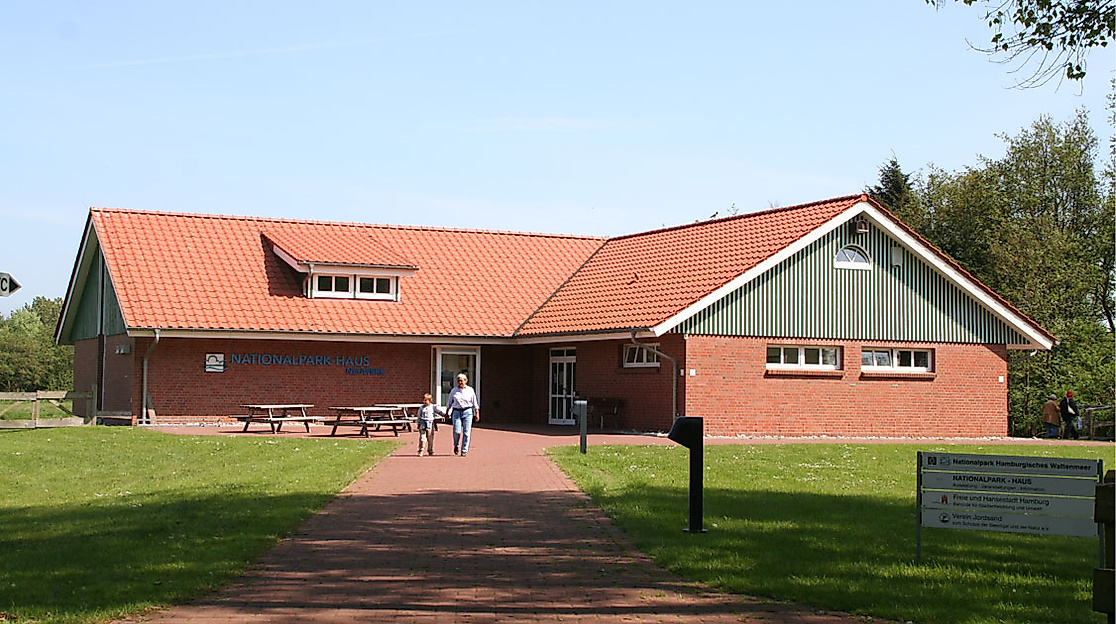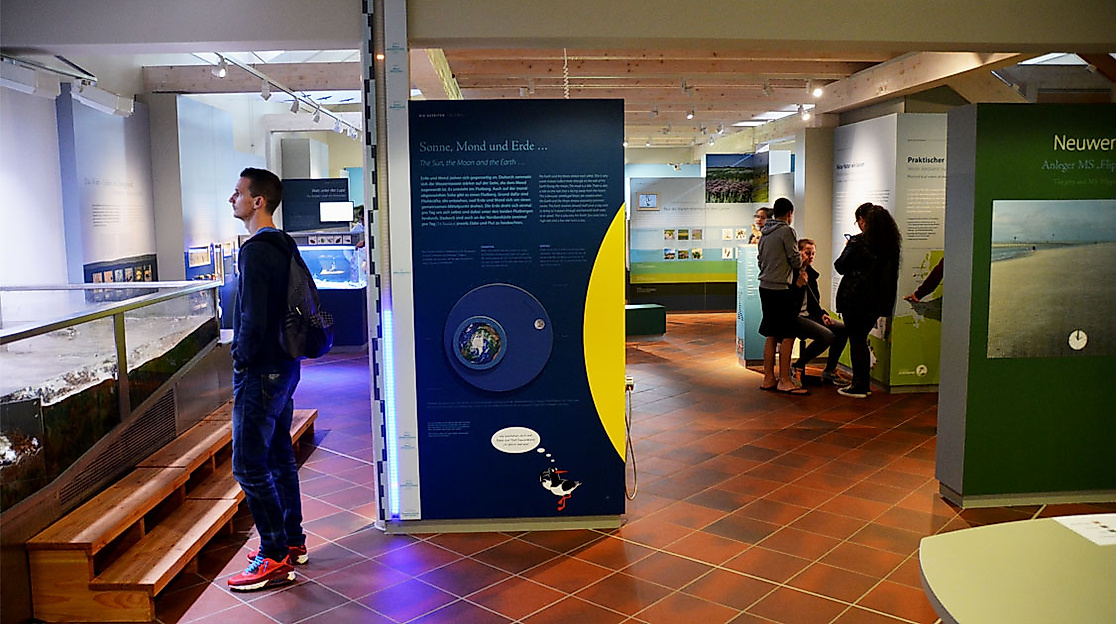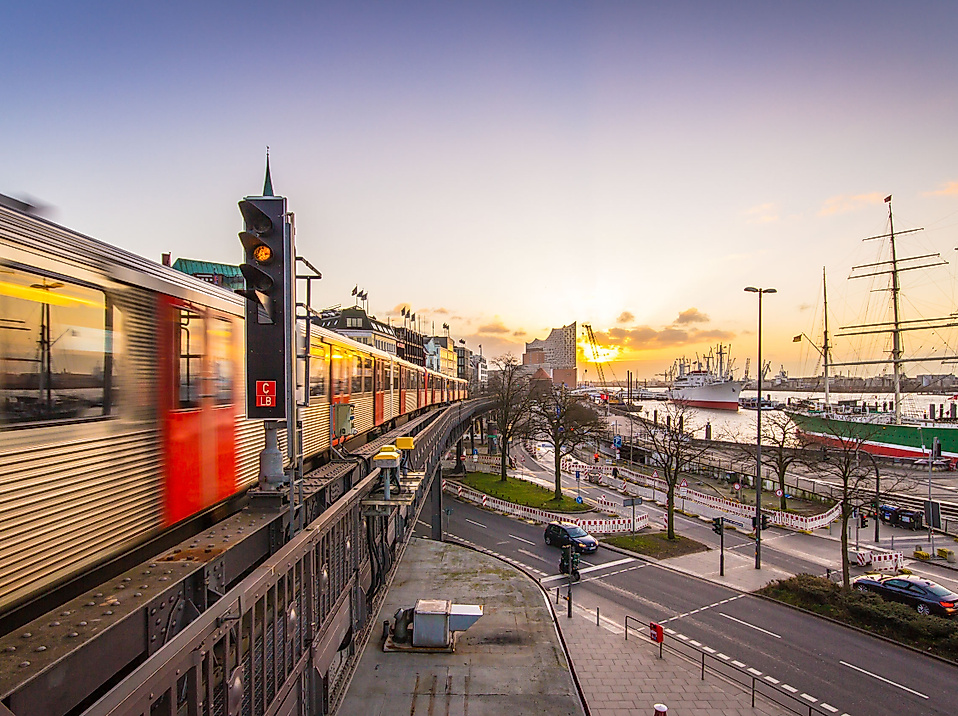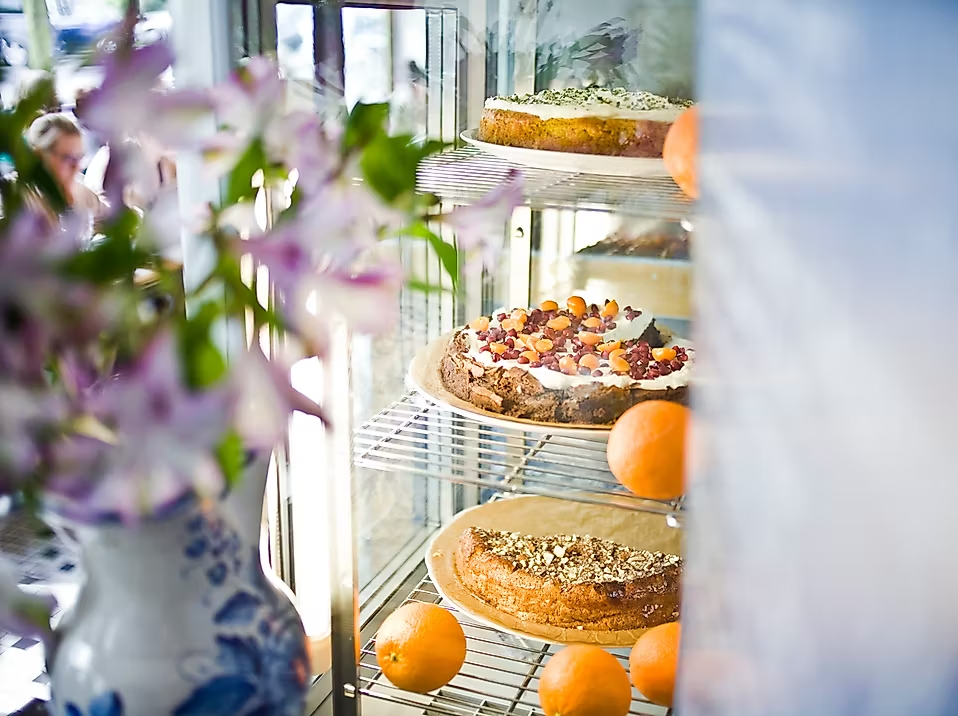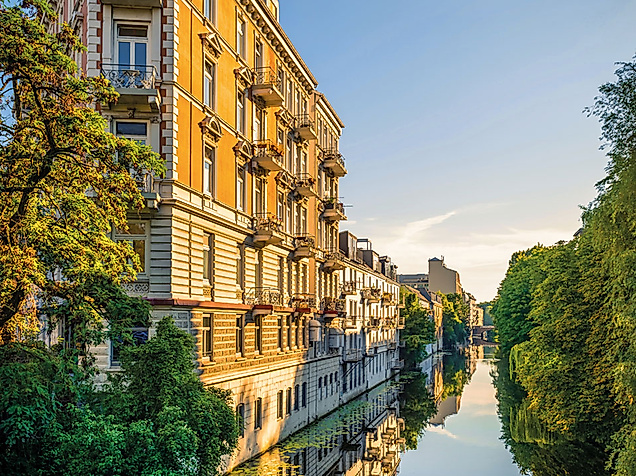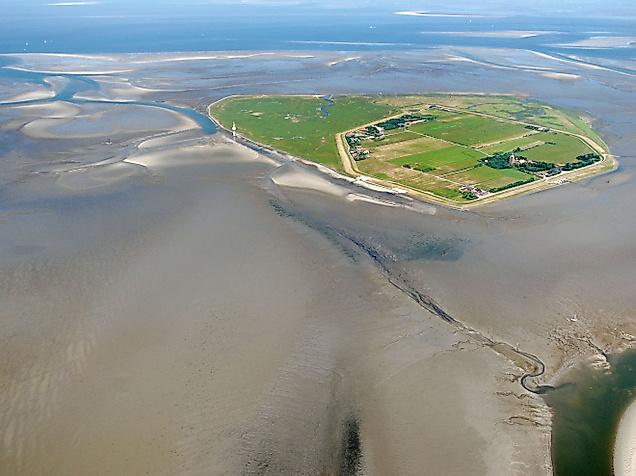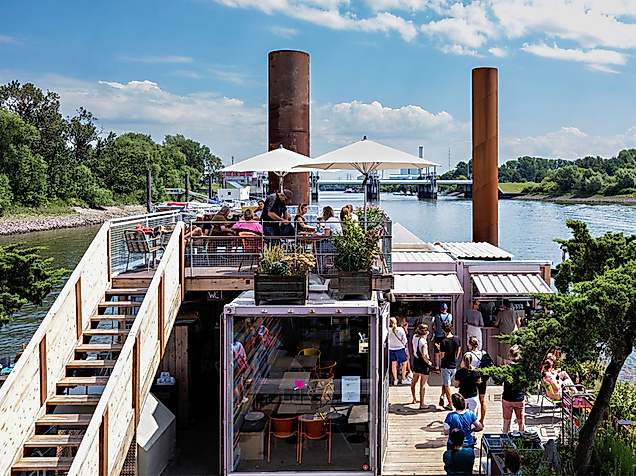An outing to Hamburg‘s island in the Wadden Sea
Embarking on this route, you will escape city life and travel to the island of Neuwerk. Situated in the Wadden Sea northwest of Cuxhaven in the Elbe estuary of the North Sea, Neuwerk is more than 100 km away from Hamburg’s city centre. Surprisingly, though, the small island of Neuwerk belongs to the municipal district of Hamburg-Mitte: about 800 years ago, Hamburg merchants built a mighty tower on the island of Neuwerk to protect the mouth of the River Elbe from pirates. Ever since then, Neuwerk and the surrounding tidal flats have been an outpost of Hamburg. The lengthy journey from Hamburg to Neuwerk is well worth it as the unique Wadden Sea lets you immerse yourself into a whole new world.

